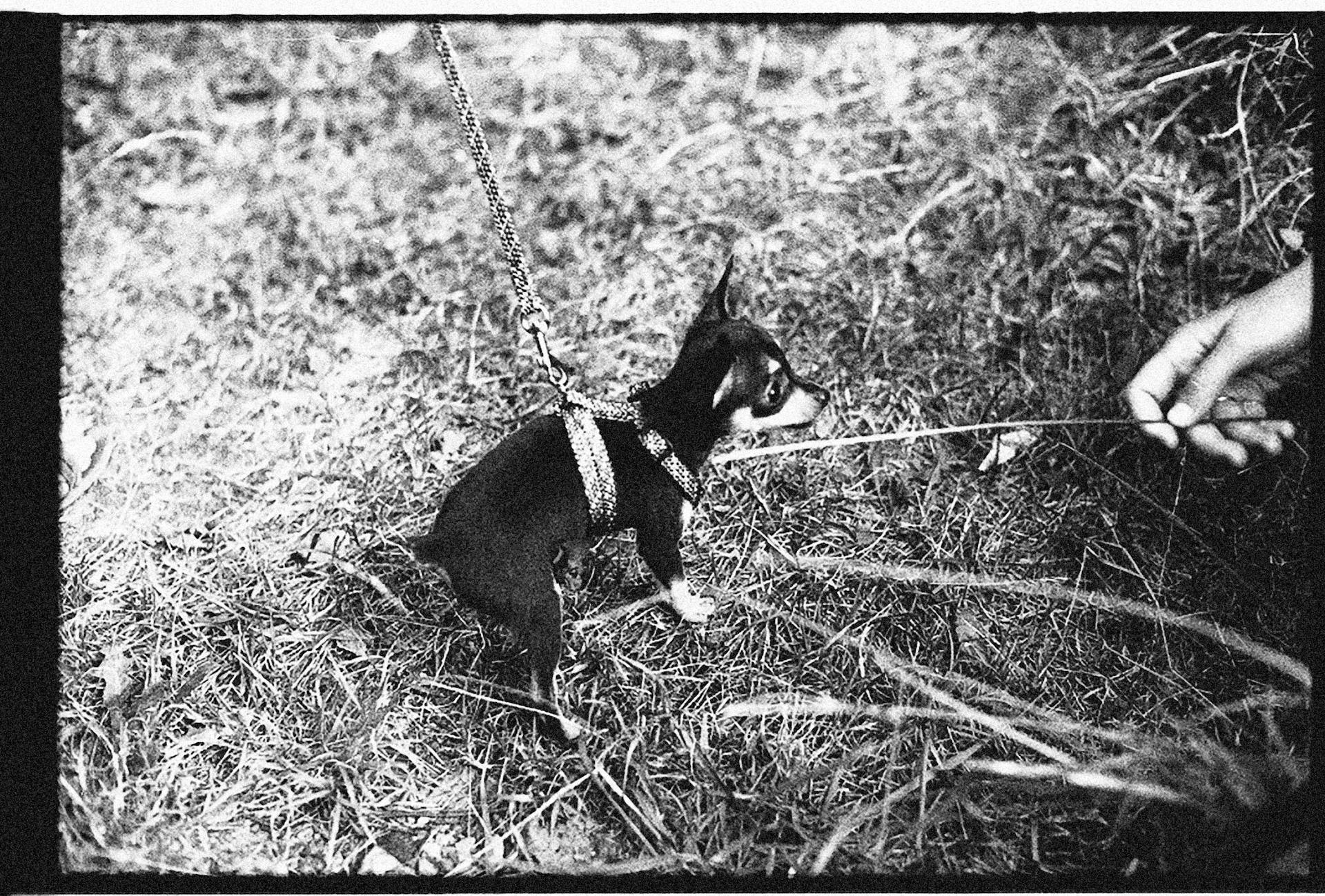
Bullmastiffs are large and powerful dogs that require careful training and care to ensure they grow into calm and well-behaved companions.
Their short coats require minimal grooming, but they do need regular nail trimming to prevent overgrowth.
Bullmastiffs are known for their loyalty and protective nature, making them excellent guard dogs, but they can be wary of strangers and may require time to warm up to new people.
Socialization from an early age is crucial to help them become confident and friendly adults.
Care and Grooming
As a Bullmastiff owner, you know that their care and grooming needs are crucial for their overall health and happiness. Supervise your pet as you would a toddler, keeping doors closed and picking up after yourself to prevent accidents.
Their short, rough coat needs some brushing, but seldom requires bathing. Regular brushing, at least weekly, will help minimize shedding and keep their skin and coat healthy. Brushing their coat as needed, at least weekly, will help keep them clean and comfortable.
Bullmastiffs generally have good teeth, but regular dental care is still essential. Brush their teeth at least twice a week to keep them perfect. Clean their ears weekly, even as a puppy, to prevent infections and keep them healthy.
Their high prey drive means they need to be leash walked and have a sturdy fence to prevent escape attempts. A consistent and high-quality diet is also essential, with no people food allowed. Feed a high-quality diet appropriate for their age to keep them healthy and thriving.
Here's a quick rundown of their grooming needs:
- Brush their coat at least weekly
- Brush their teeth at least twice a week
- Clean their ears weekly
- Trim their nails regularly
Remember, regular nail trims, ear cleaning, and dental care are crucial aspects of grooming to ensure their overall health and comfort. By following these simple tips, you'll be well on your way to becoming a pro at Bullmastiff care and grooming.
Training and Socialization
Training and socialization are crucial for Bullmastiffs due to their protective instincts. Early and consistent training is essential to ensure they're well-behaved and adaptable in various situations.
Bullmastiffs can be strong-willed, so training regimens instilled in puppyhood are vital for both dogs and owners. This helps establish rules and routines that should be adhered to as they grow up.
Socialization can help Bullmastiffs become more comfortable and confident around other animals and strangers, reducing aggressive behavior in unfamiliar circumstances. This is especially important for their natural guarding tendencies.
Effective training can aid in channeling Bullmastiffs' protective instincts positively, making them excellent watchdogs while maintaining a gentle and patient demeanor with family members and well-behaved children. Consistent socialization efforts can also contribute to harmonious coexistence in multi-pet households or public spaces.
Bullmastiffs can excel in agility, obedience, rally, scent work, and tracking, so training should begin immediately and be a lifelong bond between dog and owner.
Health and History
Gamekeepers in England bred dogs to be big, swift, and brave enough to pursue and pin poachers. They achieved this by crossing Mastiffs with Bulldogs at a ratio of 60 percent Mastiff and 40 percent Bulldog.
The Bullmastiff's intelligence and tractability made it an ideal breed for working on command without mauling a poacher. This unique combination of traits was the result of careful breeding and selection.
By 1924, the Bullmastiff had become a standardized breed, ready to join the ranks of the Kennel Club in England.
Your Health
Bullmastiffs are prone to certain health issues due to their genetic makeup.
Many diseases and health conditions are genetic, meaning they are related to your pet's breed.
Gastric Dilatation and Volvulus is a risk for Bullmastiffs.
Brushing your dog's teeth daily is crucial to prevent periodontal disease, a common issue in this breed.
History
The Bullmastiff's history is a fascinating one. The breed's early days were spent guarding estates and capturing poachers in 19th century England.
Gamekeepers faced a tough challenge as poachers were willing to risk the death penalty to steal from the estates. Penalties were indeed severe, with the threat of the gallows hanging over the gamekeepers' heads.

To combat this, gamekeepers bred dogs that were big, swift, and brave enough to chase down poachers at night. They needed a dog that could work on command, hold a poacher without mauling them, and be intimidating enough to scare intruders.
The perfect combination of breeding stock was eventually found by crossing Mastiffs with Bulldogs at a ratio of 60 percent Mastiff and 40 percent Bulldog. This resulted in a dog that was both smart and tractable.
Rivalries developed among gamekeepers over who had the best-quality Bullmastiffs, leading to competitions and exhibitions of the best specimens. This helped standardize the breed and eventually led to the Bullmastiff's recognition by the Kennel Club in 1924.
The American Kennel Club granted the breed full recognition in 1933, solidifying the Bullmastiff's place in the canine community.
Tools and Reviews
The Bullmastiff is a powerful breed, and as such, they require specific care and training. They have a broad, wrinkled head with a short, square muzzle.
To ensure you're providing the best care for your Bullmastiff, I recommend using our free Learning Style tool to evaluate their learning style and personality. This will help you provide the proper training methods for your dog.
A Bullmastiff's short coat with little shedding means they require minimal grooming, but they do need regular exercise to stay healthy. They cannot tolerate extremes of temperature.
Our Bullmastiff Calorie Calculator will help you determine how many calories your dog needs every day and how many cups of food you should be giving it. This is crucial for maintaining a healthy weight and preventing obesity.
Bull Mastiff Tools
The Bull Mastiff Tools section is a treasure trove of information to help you care for your furry friend.
You can use the Breed Selector Tool to determine if the Bull Mastiff is the right breed for you and your family.
Dogs, including Bull Mastiffs, have a learning style that can significantly impact their ability to housetrain and be trained correctly.
The Bull Mastiff Calorie Calculator will help you determine how many calories your Bull Mastiff needs daily and how many cups of food you should be giving it.
A Bull Mastiff's general appearance includes a broad, wrinkled head, a short, square muzzle, and a wrinkled neck.
Their ears are V-shaped and set wide and high on their head, with black nose, jowls, and ears.
Bull Mastiffs have a short coat with little shedding and come in fawn, brindle, or red with black markings on the head.
Their ideal environment is one that avoids extremes of temperature.
Here's an interesting read: Bull Mastiff Black
Dog Owner Reviews
Dog owners have seen remarkable results with the mini course, with one owner reporting that their dog picked up commands quickly. This efficient approach to training is a key benefit of the course.
Ben Barlett from Jerome, Idaho, credits the mini course with helping him bond with his dog, Button, and says it's the most fun and gentle way to train. He's now proud of the strong bond he shares with his dog.
For more insights, see: Training a Mini Aussie
The mini course has also helped owners address specific behavioral issues, such as aggressiveness towards other dogs. One owner, who wishes to remain anonymous, says without the course, their dog's aggressiveness would have escalated.
Understanding canine behavior is a crucial aspect of the mini course. It provides insights into how a Bull Mastiff thinks and reacts to behavior training, allowing owners to tailor their approach.
The results speak for themselves, with one owner, Ben Barlett, stating that his dog, Button, is now his buddy. Another owner, who trained their dog, Hamish, with the mini course, reports that their dog is now obedient and understands all commands.
Check this out: One Dog Training
Exercise
Exercise is a crucial part of Bullmastiff training, and it's essential to understand their needs to keep them happy and healthy. Bullmastiffs are naturally lazy, so they need to be encouraged to exercise regularly.
To prevent weight gain, daily long walks are a must. A small fenced yard for playing and walks will suit the needs of a young Bullmastiff. As they get older, they'll need to be encouraged to take walks and play.
Bullmastiffs have a high prey drive, so leash walking is a must. A sturdy fence is also a must to keep them safe and contained. Puppies should not be overexercised, especially during periods of rapid growth.
Here are some exercise guidelines for Bullmastiffs at different stages of their life:
Remember, Bullmastiffs enjoy daily exercise, but moderate exercise is key. Avoid overexercising your puppy, and make sure to provide a consistent and high-quality diet to support their exercise needs.
Sources
- https://midwayanimal.com/client-resources/breed-info/bullmastiff/
- https://www.trainpetdog.com/breed/Bull-Mastiff/
- https://www.dogtraineralbany.com/the-bullmastiff-a-complete-guide-to-history-care-and-training/
- https://alaskadogworks.com/how-to-train-a-bullmastiff/
- https://www.yourpurebredpuppy.com/training/bullmastiffs.html
Featured Images: pexels.com
